Unitary state
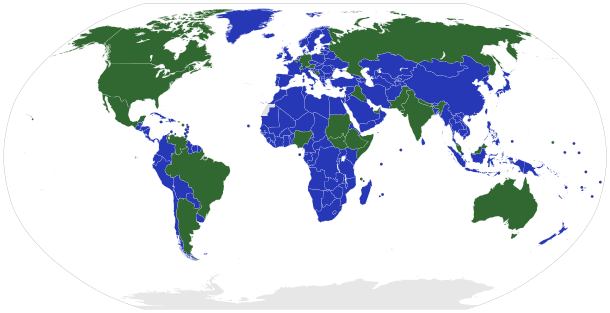

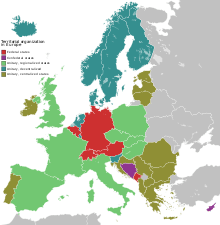
| Part of the Politics series | ||||||||
| Basic forms of government | ||||||||
|---|---|---|---|---|---|---|---|---|
| Power structure | ||||||||
|
||||||||
| Power source | ||||||||
|
||||||||
| Power ideology | ||||||||
|
||||||||
| Politics portal | ||||||||
A unitary state is a state governed as a single power in which the central government is ultimately supreme and any administrative divisions (sub-national units) exercise only the powers that the central government chooses to delegate. The majority of states in the world have a unitary system of government. Of the 193 UN member states, 165 are governed as unitary states.
In a unitary state, sub-national units are created and abolished (an example being the 22 mainland regions of France being merged into 13), and their powers may be broadened and narrowed, by the central government. Although political power may be delegated through devolution to local governments by statute, the central government remains supreme; it may abrogate the acts of devolved governments or curtail their powers.
The United Kingdom of Great Britain and Northern Ireland is an example of a unitary state. Scotland, Wales and Northern Ireland have a degree of autonomous devolved power, but such power is delegated by the Parliament of the United Kingdom, which may enact laws unilaterally altering or abolishing devolution (England does not have any devolved power).[1] Many unitary states have no areas possessing a degree of autonomy.[2] In such countries, sub-national regions cannot decide their own laws. Examples are the Republic of Ireland and the Kingdom of Norway.[3]
Unitary states are contrasted with federations, or federal states. In such states, the sub-national governments share powers with the central government as equal actors through a written constitution, to which the consent of both is required to make amendments. This means that the sub-national units have a right of existence and powers that cannot be unilaterally changed by the central government.
List of unitary states
Italics: States with limited recognition
Unitary republics
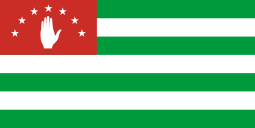





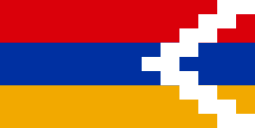



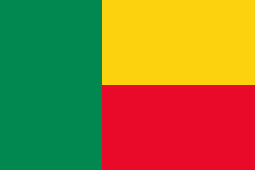





















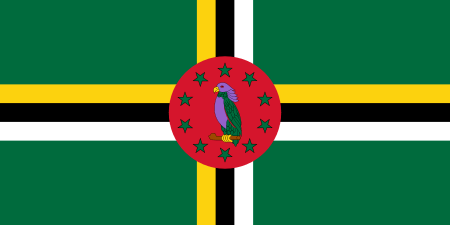









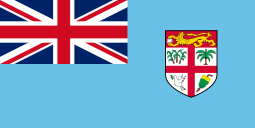


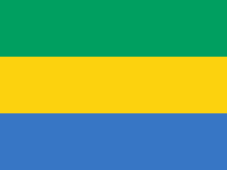
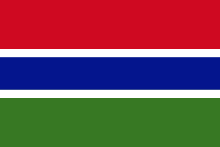




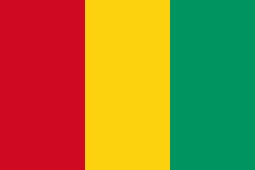

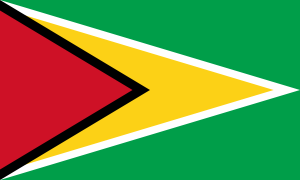












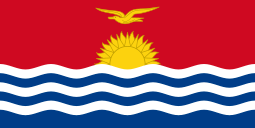


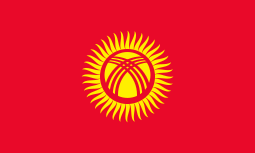









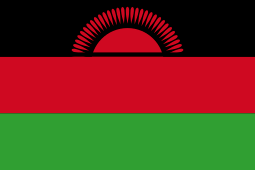
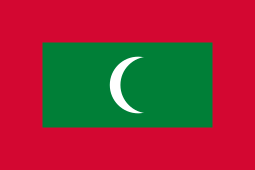



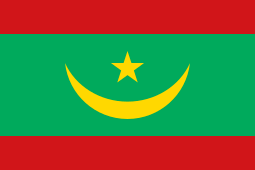



















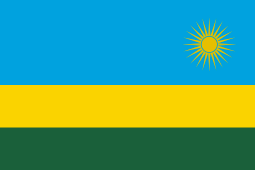

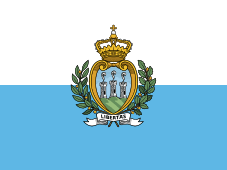








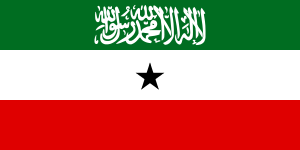

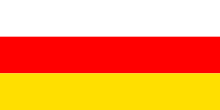

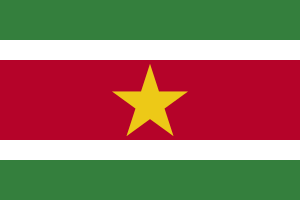




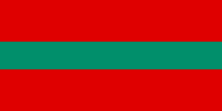



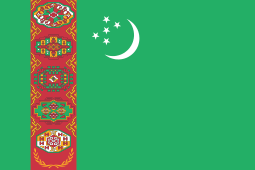









Unitary monarchies
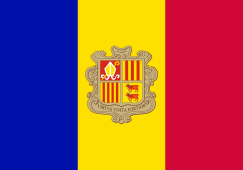
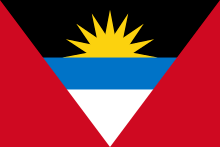

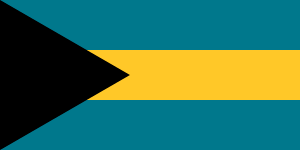
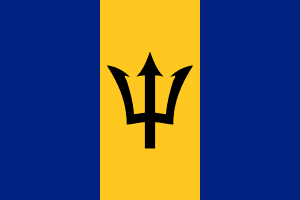
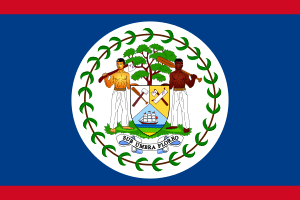
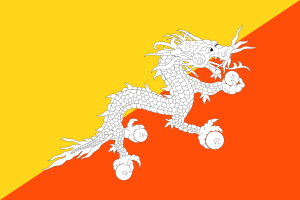



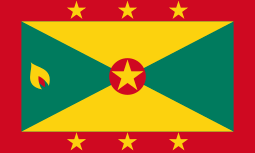
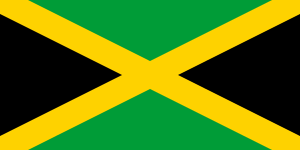




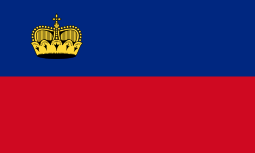

















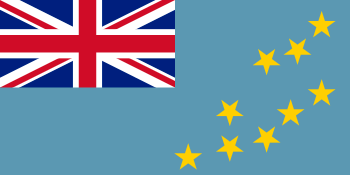


5 largest unitary states by nominal GDP
5 largest unitary states by population
5 largest unitary states by area
See also
References
- ↑ Devolution within a unitary state, like federalism may be symmetrical, with all sub-national units having the same powers and status, or asymmetric, with sub-national units varying in their powers and status.
- ↑ "unitary system | government". Encyclopedia Britannica. Retrieved 2017-08-11.
- ↑ Svalbard has even less autonomy than the mainland. It is directly controlled by the government and has no local rule.
- ↑ Roy Bin Wong. China Transformed: Historical Change and the Limits of European Experience. Cornell University Press.
- ↑ "Story: Nation and government – From colony to nation". The Encyclopedia of New Zealand. Manatū Taonga Ministry for Culture and Heritage. 29 August 2013. Retrieved 19 April 2014.
- ↑ "Social policy in the UK". An introduction to Social Policy. Robert Gordon University – Aberdeen Business School. Archived from the original on 4 July 2014. Retrieved 19 April 2014.